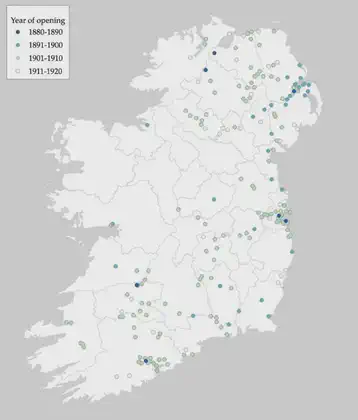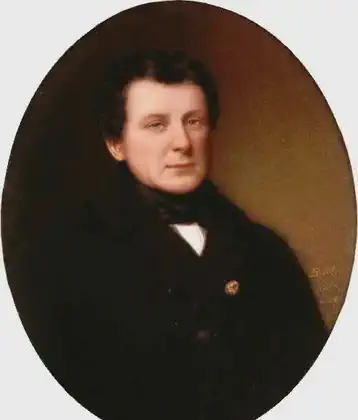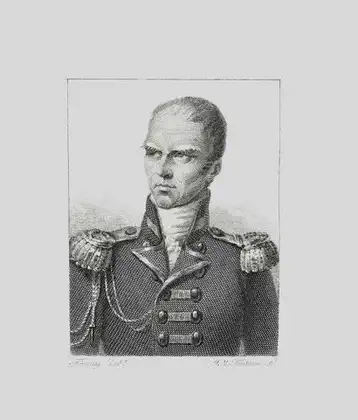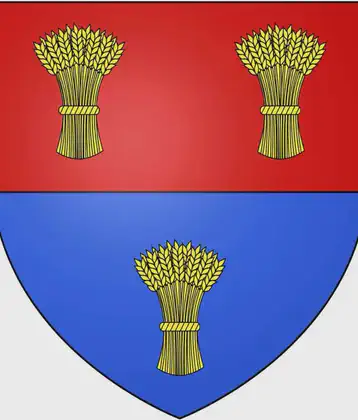
Patagonia (Spanish pronunciation: [pataˈɣonja]) refers to a geographical region that encompasses the southern end of South America, governed by Argentina and Chile.
The region comprises the southern section of the Andes Mountains with lakes, fjords, temperate rainforests, and glaciers in the west and deserts, tablelands and steppes to the east.
Patagonia is bounded by the Pacific Ocean on the west, the Atlantic Ocean to the east, and many bodies of water that connect them, such as the Strait of Magellan, the Beagle Channel, and the Drake Passage to the south.
Welsh settlements
Welsh settlement in the Americas was the result of several individual initiatives to found distinctively Welsh settlements in the New World. It can be seen as part of the more general British colonization of the Americas.
In 1852 Thomas Benbow Phillips of Tregaron established a settlement of about 100 Welsh people in the state of Rio Grande do Sul in Brazil. Many of these colonists later moved to the more successful colony in Argentina as part of Y Wladfa (“The Colony”).
The best known of the Welsh colonies, the colony in the Chubut Valley of Patagonia known as Y Wladfa Gymreig (“The Welsh Colony”), was established in 1865 when 153 settlers landed at what is now Puerto Madryn. Shortly before this, the colonists had reached an agreement with Argentina’s minister of the interior, Guillermo Rawson, that the colony would be recognized as one of the states of Argentina when its population reached 20,000.
However this pledge was not ratified by the Argentinian Congress, out of fear that the British government would use the presence of the settlers as an excuse to seize Patagonia.
More From This Day






